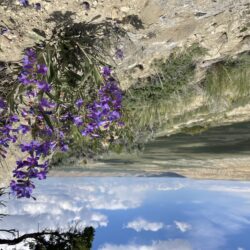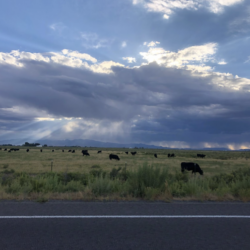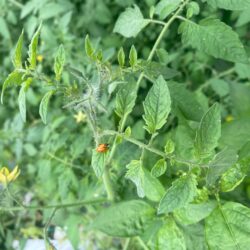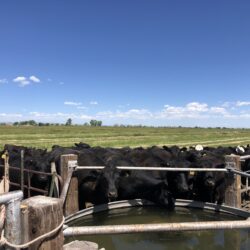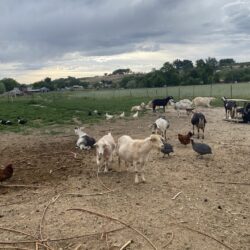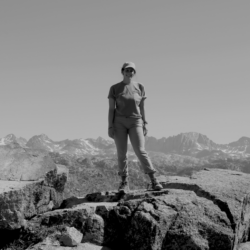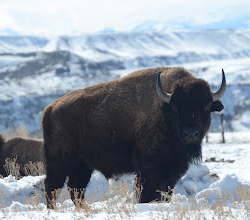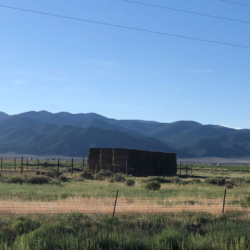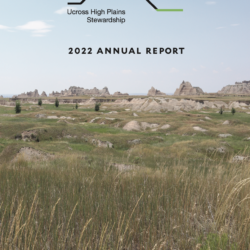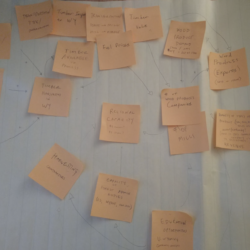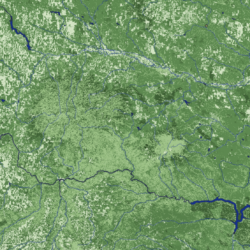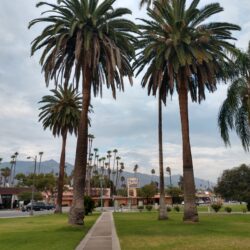Who Cares?—Sam Wilson
I was explaining my research to someone recently and the proceeding conversation got me thinking. When I described my project and where it was going to be conducted (see project description here) I got a response that I had yet to encounter. The woman I was speaking with asked me ‘who cares about sagebrush?’. At Read more about Who Cares?—Sam Wilson[…]

